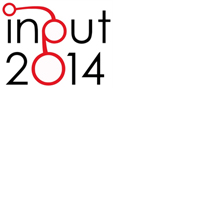Landscape Planning and Ecological Networks. Part B. A Rural System in Nuoro, Sardinia
Abstract
This paper represents the continuation, i.e. Part B, of an homonymous paper aiming at designing an ecological network for the periurban area on the town of Nuoro in central Sardinia. While in Part A we illustrate the methodological premises and introduce a spatial network analysis-based study of a pilot ecological network, in this paper we apply a complex network analysis approach to the construction and characterization of the dynamics of the ecological network of Nuoro. We are interested in monitoring the performance of the ecological network evolving from a real to a hypothetical scenario, where the two target vegetal species (holm oak and cultivated or wild olive) are present in each patch. We focus on global network properties and on three different centrality measures: degree, clustering coefficient, and betweenness centrality. We also take into account the influence of the intensity of the connection (i.e. the weight) by introducing the corresponding weighted centrality measures. Through thematic mapping we illustrate the pattern of each centrality indicator throughout the entire pilot set of patches. In this way, we demonstrate how spatial network analysis is useful to monitor the performance of the network and to support decision-making, management, and planning.Downloads

Copyright (c) 2014 Tema. Journal of Land Use, Mobility and Environment

This work is licensed under a Creative Commons Attribution 4.0 International License.
Authors who publish in this journal agree to the following:
1. Authors retain the rights to their work and give in to the journal the right of first publication of the work simultaneously licensed under a Creative Commons License - Attribution that allows others to share the work indicating the authorship and the initial publication in this journal.
2. Authors can adhere to other agreements of non-exclusive license for the distribution of the published version of the work (ex. To deposit it in an institutional repository or to publish it in a monography), provided to indicate that the document was first published in this journal.
3. Authors can distribute their work online (ex. In institutional repositories or in their website) prior to and during the submission process, as it can lead to productive exchanges and it can increase the quotations of the published work (See The Effect of Open Access)
